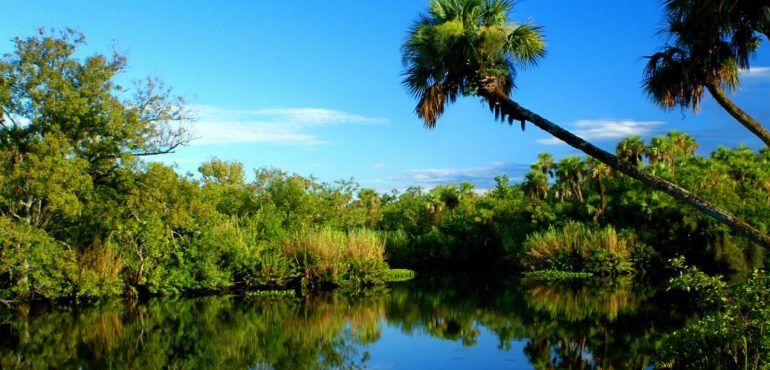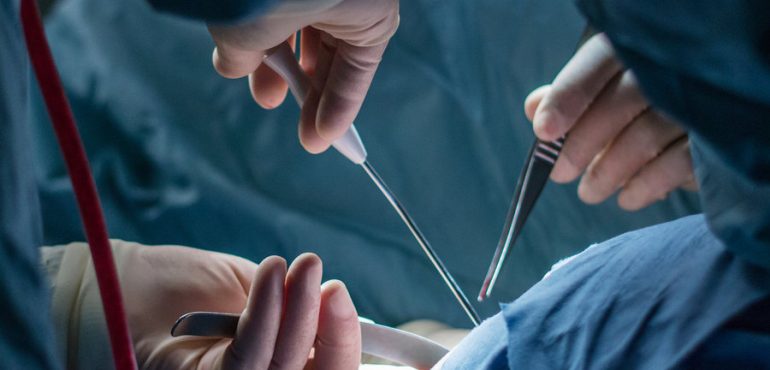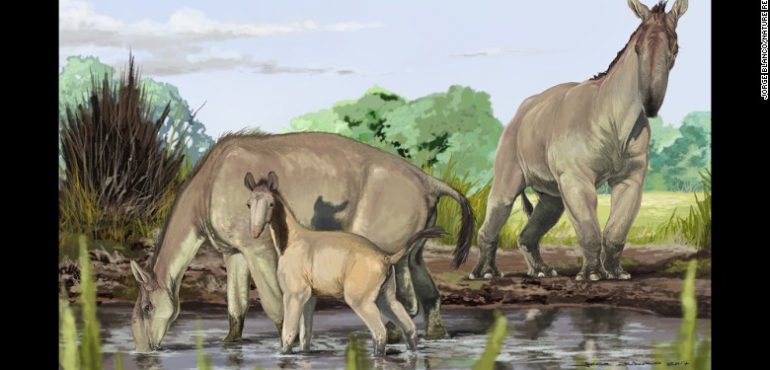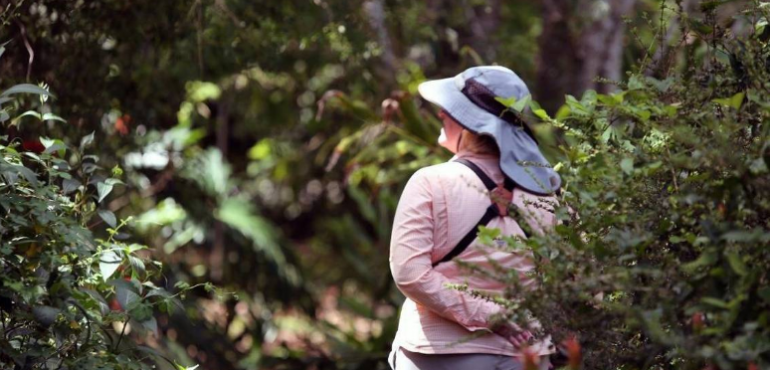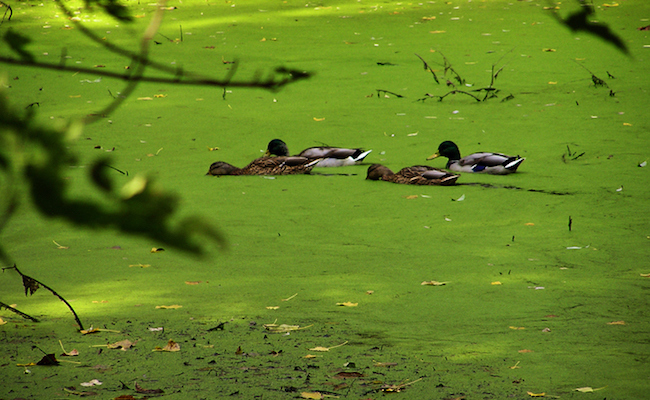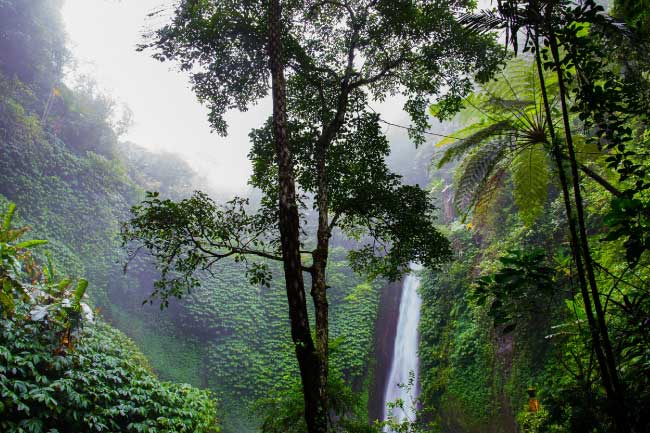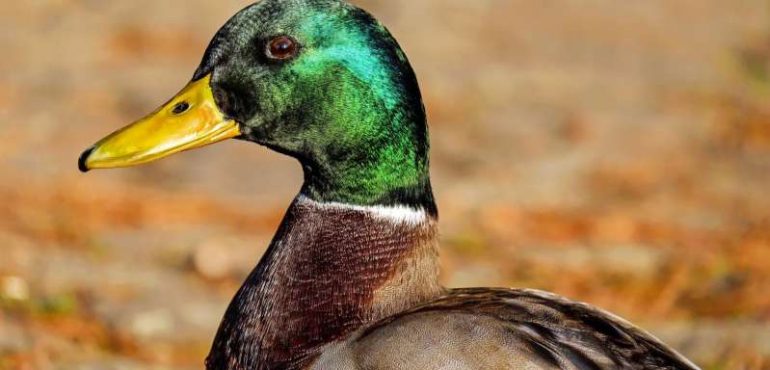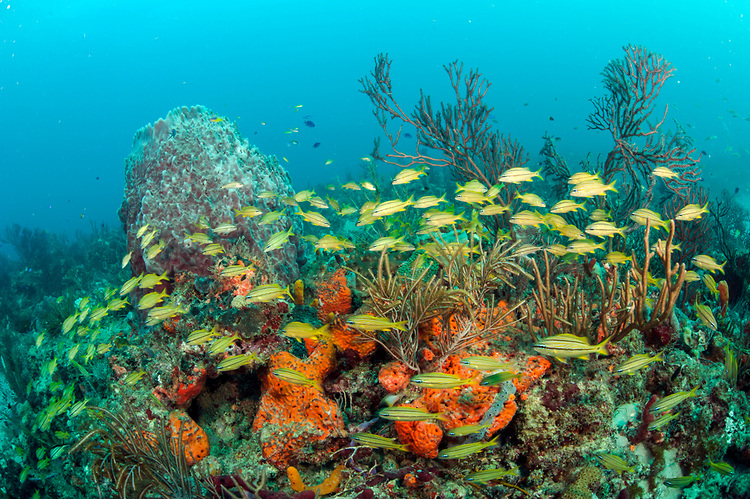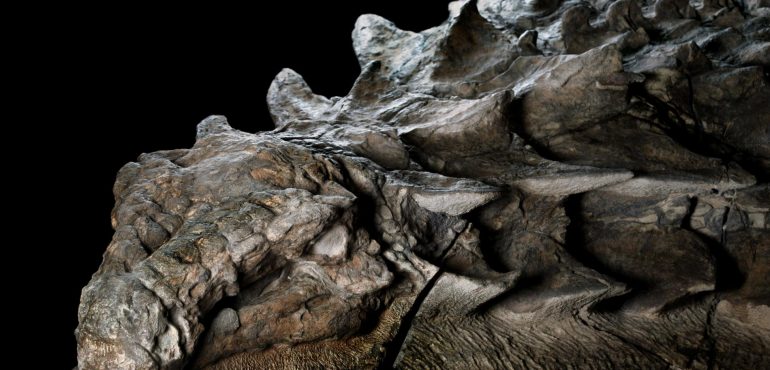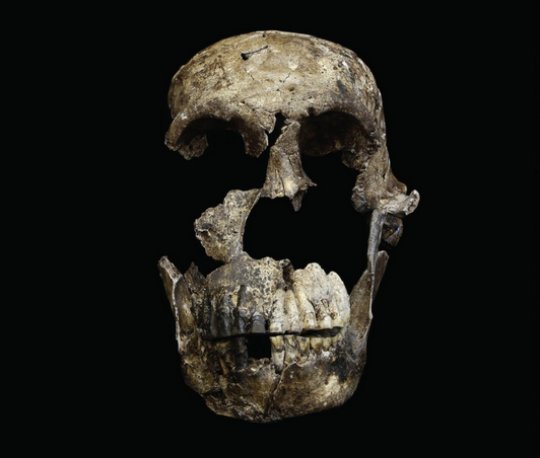Story Video: Click here Following last year's toxic algae on the Treasure Coast, residents are pleased with the improvements this summer. During the Fourth of July holiday in 2016, toxic blue green algae coated parts of the St. Lucie River. Because of that, boaters and swimmers avoided the water, and business owners who rely on water…
Read more
St. Lucie River algae-free for Fourth of July
